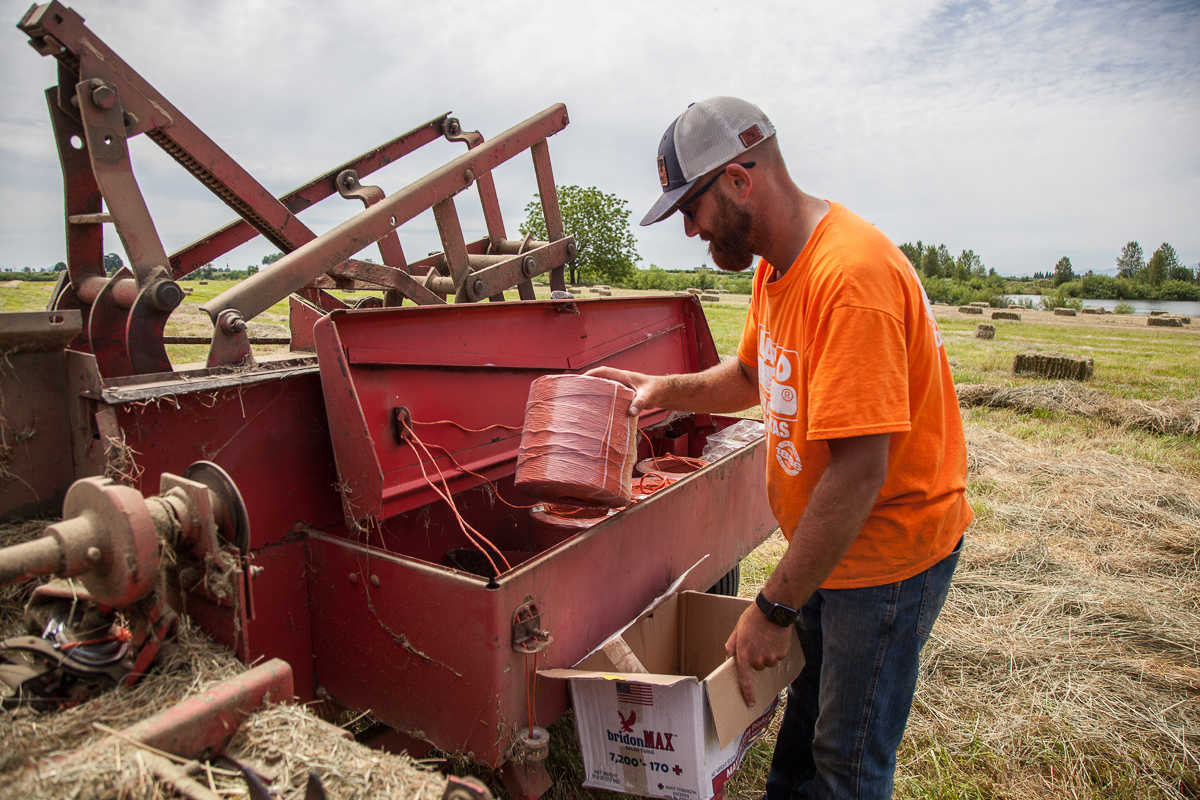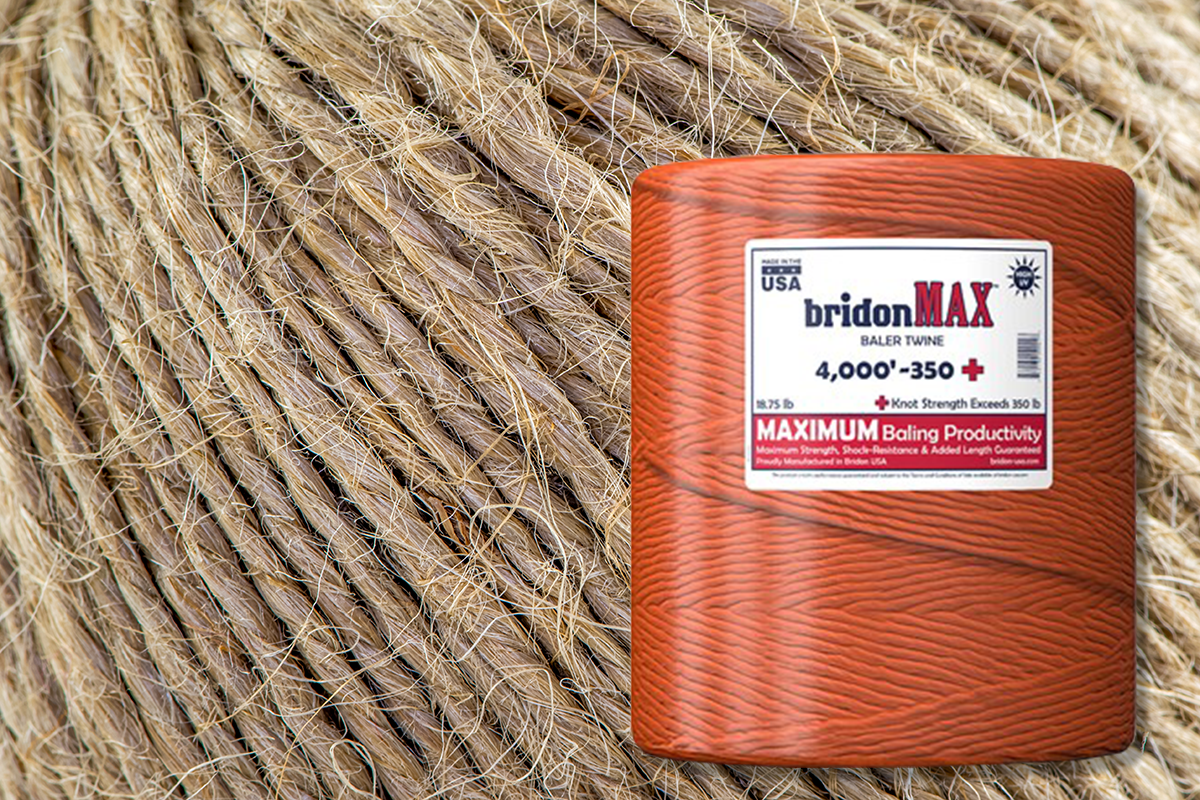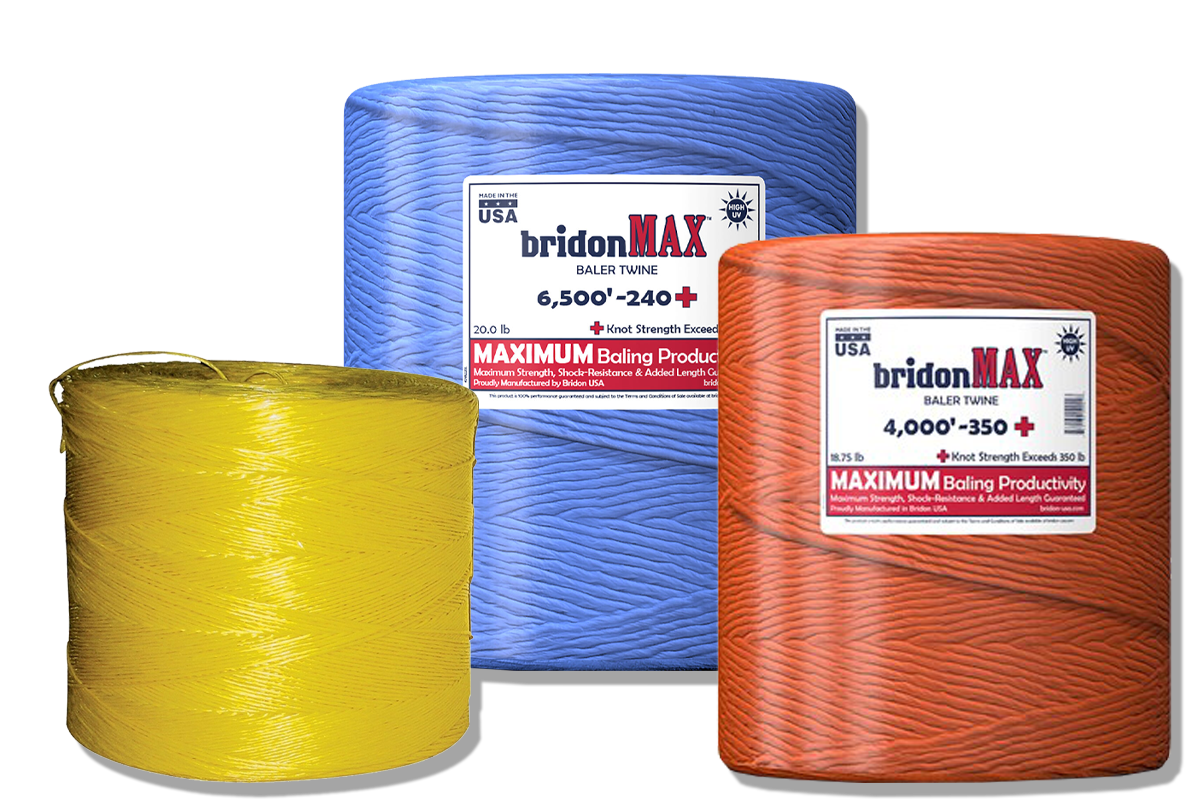
Baling Twine Basics
Baling twine is an essential ingredient of any farm or ranch. In the right hands, this polypropylene or sisal wonder can mend fences, reattach tractor parts, and steady a fence. But the primary use for twine is for baling. We’re taking a quick look at twine weights, twine colors, and some of the basics that make this product so incredibly useful.
Should You Use Polypropylene or Sisal Twine
When choosing the right twine for your baler, it’s important to understand the difference between polypropylene (poly) or sisal twine. Sisal twine is made from individual strands of plant materials twisted together. This kind of twine is naturally biodegradable. But that doesn’t mean it’s not strong. Sisal twine comes in various colors and weights depending on your needs. Poly, on the other hand is a plastic polymer. It won’t biodegrade anytime, soon, but does have more tensile strength than sisal.
What Weight do You Need?
That all depends on the baler you’re running and the amount of hay you’ll be packing. Because twine is measured in knot strength, you can quickly tell if the twine you’re running will stand up to lifting, hauling, and storing. Knot strength runs from 110 to 500, with the smaller numbers perfect for lighter bales of hay.

While most manufacturers do list their twine in knot strength, tensile strength is an important number to note. This is the amount of Kilogram Force (Kgf) a single, unknotted length of twine can hold before breaking. As you might expect, once a knot is made, that strength is reduced by up to 75% depending on the knot being used to join the twine.
Get the Right Length
With most made-in-the-USA options, you’re guaranteed a certain number of feet of twin per carton. For example, BridonMAX round, slit-film 110 weight twine comes in a 40,000-foot carton. When buying twine, double-check guaranteed feet per container to ensure you can keep baling without needing to reload a new carton more than necessary.
Coastal tip: Before loading a new spool of twine into your baler, make sure the spool has not been bent out of shape or crushed. If the twine cannot easily unwind from the center in a counter-clockwise direction, you may experience breaks, knots, and other issues. 
Keep Track with Color
Today’s twine comes in a variety of colors. Choose a different color for each paddock, cutting, field, person doing the cutting, or year. It’s an easy way to track each and every bale.
Get all the baling twine you need at your Northwest owned and operated Coastal. You’ll find a wide assortment from manufacturers like BridonMAX and others to get you out in the pasture and baling up your hay for sale or feed.
